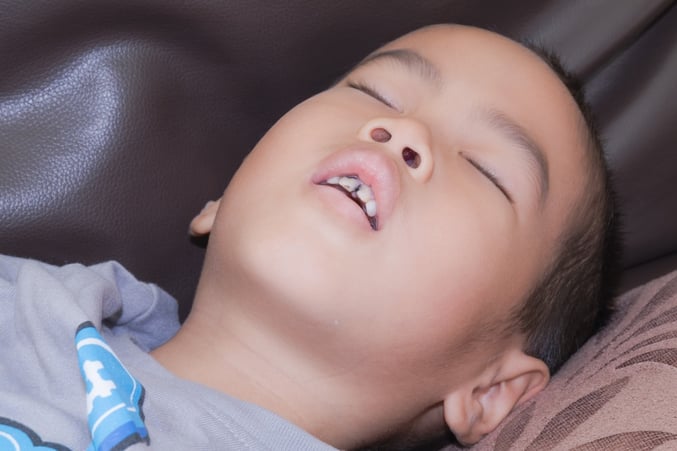
As a sleep technologist, learning about sleep apnea for children is important to help kids with sleep-disordered breathing conditions, like obstructive sleep apnea (OSA). The below information provides you with an understanding of sleep apnea in children, including the symptoms, causes, and risk factors and how certain aspects differ from adults with the condition.
About Sleep Apnea in Children: Prevalence, Causes and Risk Factors
Pediatric sleep disorders are much more than snoring in children. A child’s muscles relax when they are sleeping, including the muscles that keep their airway open in the back of their throat. When it comes to obstructive sleep apnea (OSA), their airway collapses because the muscles are relaxing too much. This makes it harder for the child to breathe.
Prevalence of Children with Sleep Apnea
Although the prevalence of sleep apnea in adults is higher than it is in children, it does occur in kids enough to cause a concern. In fact, up to four percent of kids struggle with sleep apnea and pediatric sleep-disordered breathing,affecting mostly children between the ages of two through eight years old.
Causes of Sleep Apnea in Children
There are certain sleep apnea causes and risk factors to be aware of. The two most common 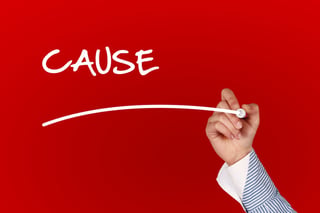 causes of sleep apnea in children are obesity and enlarged tonsils, but there are other causes as well.
causes of sleep apnea in children are obesity and enlarged tonsils, but there are other causes as well.
Enlarged Adenoids or Tonsils. When a young patient has enlarged adenoids or tonsils, it increases their OSA risk because the expanded lymphoid tissues block their airway while they sleep. In fact, children are more likely to develop OSA when their adenoids and tonsils are enlarged, as it is the most common cause of the condition in kids.
Since a child's muscles relax in their throat when they are asleep, it leads to the enlarged adenoids and tonsils restricting the upper respiratory system airflow even further and produces episodes of apnea while they sleep. Enlarged tissues like these can also affect the child’s breathing during the day.
Obesity. Another big contributor to sleep apnea in toddlers is childhood obesity. Since they have more fatty tissues in their throat, this extra soft tissue restricts their airflow more readily and causes a disruption in their breathing while sleeping. Obesity, however, is thought to lead to sleep apnea in children that are older and between the ages of 12 and 18, rather than in younger kids.
Other Causes. Other causes of sleep apnea in children include seasonal allergies, gastric reflux, and respiratory disorders, such as asthma.
Risk Factors of Sleep Apnea in Kids
There are a number of risk factors for children developing OSA. Some risk factors include: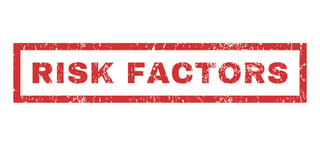
-
Obesity or being overweight
-
Heredity, since OSA runs in the family
-
Down syndrome, cerebral palsy, and other medical conditions
-
A big tongue or neck (the tongue can block airflow while sleeping)
-
Defects in jaw, mouth, or throat structures that may narrow the airway
Since sleep apnea makes it difficult for children to sleep well at night, it may cause them to have difficulty getting up in the morning and cause them to be tired during the day. This can lead to a lack of attention and focus or cause them to daydream.
Signs and Symptoms of Sleep Apnea in Children
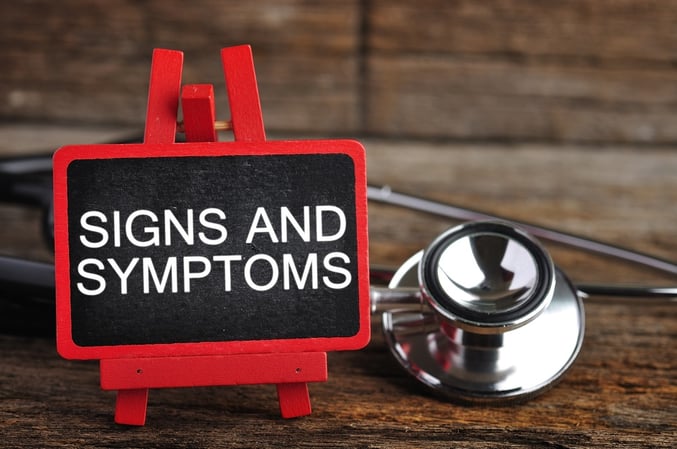
Sleep apnea symptoms in children differ from adults. Their OSA may not be primarily characterized by “loud snoring” like it is with adults. Instead, kids may tilt their heads back while they sleep and make squeaking sounds when inhaling. Children with sleep apnea may also have sternal retractions due to the increased workload of breathing while asleep.
Symptoms of sleep apnea in children during the night may include:
-
Gasping, pausing, snorting, or actually stop breathing which wakes them
-
Loud snoring regularly
-
Breathes through the mouth regularly while sleeping
-
Sweating heavily while sleeping due to the straining to breathe
-
Sleeping in unusual positions (head particularly) or being restless
-
Frequent night wakings (fragmented sleep) because the child wakes often because of troubled breathing.
Symptoms during the day may include:
-
Having difficulty waking up
-
Having school, behavioral, or social problems
-
Being agitated, cranky, irritable, or aggressive
-
Falling asleep during the day or daydreaming due to fatigue
-
Regular mouth breathing or speaking in a nasal voice
-
Daydreaming
-
Waking up with a headache
Just because a child snores at night, however, does not necessarily mean that he has sleep apnea. There are other causes of snoring in children, including having a respiratory infection or deviated septum, for examples. Conversely, a child with sleep apnea may not snore.
Consequences and Health Risks of Sleep Apnea in Kids
The consequences and health risks of sleep apnea in kids is far reaching, and include: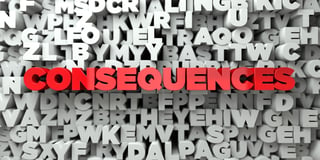
-
learning difficulties
-
poor concentration
-
lackluster performance in school
-
behavioral problems, such as aggression
-
social issues
-
being overweight or obese
-
high blood pressure
-
developmental delays
-
slowed height and weight growth
-
hyperactivity
Sleep apnea in children can often be misdiagnosed as Attention Deficit Disorder (ADD) or Attention Deficit Hyperactivity Disorder (ADHD) since children with these conditions are often hyperactive. Many of the symptoms they experience during the day due to sleep apnea and poor sleep can mimic ADHD- hyperactivity related symptoms and can cause poor concentration, learning, and performance in school.
Studies have shown that up to 25 percent of kids who have received a ADHD diagnosis may actually be displaying OSA symptoms instead, and their chronic fragmented sleep could be what is causing their behavior problems and learning difficulty.
When the sleep apnea is not treated, it can lead to adaptive and behavioral problems as well. According to a five-year study published in the journal SLEEP, children with persistent sleep apnea had a five times higher rate of having behavioral problems than their non-sleep apnea counterparts.
Kids with sleep apnea tend to also have parent-reported issues in areas like disruptive behavior, attention, social competency, hyperactivity, communication and self-care, according to another study. When their sleep apnea was left untreated, the study suggested they were three times more likely to get low grades (C or below).
Diagnosing and Treating Sleep Apnea in Children
As a sleep technologist, when a parent tells you that their child is extremely tired during the day, snores regularly, or is a restless sleeper, it could be a sign of sleep apnea. If this is the case, you may want to recommend having a sleep study performed on them to confirm or rule out the condition. During the polysomnogram, their various body functions are recorded while they sleep to check for OSA so their doctor can make a diagnosis. Pediatric polysomnograms are essentially identical to adult polysomnograms.
There are a number of treatments for sleep apnea in children. You may suggest a sleep apnea mouthpiece or continuous positive airway therapy (CPAP). When seasonal allergies, gastric reflux, or respiratory disorders are the cause, allergy medications, acid reflux medicines, and asthma inhalers or medications can help.
In the case of enlarged adenoids or tonsils, adenotonsillectomy surgery may be needed to remove the tonsils and adenoids. This surgery resolves OSA symptoms in children 70 to 90 percent of the time, according to the American Sleep Apnea Association, and is therefore the treatment of choice when enlarged tonsils are the cause. That said, milder sleep apnea cases with enlarged tissues as the case may respond well to the use of oral anti-inflammatory medication or steroidal nasal spray.
When obesity is the cause of their sleep apnea, you can talk with the child’s parents to suggest certain lifestyle changes and weight management techniques, such as exercise programs and healthy nutrition, to help their kids reduce and manage their weight.
As a sleep technologist, learning more about sleep apnea in children is important so that you can guide parents to the best steps to get their child diagnosed and treated if the condition is in fact present. The good news is that most cases of sleep apnea in kids are mild and are outgrown. And if treated, the child’s behavior improves dramatically and, over time, any developmental delays are reduced or removed. There are, however, some negative consequences of untreated obstructive sleep apnea in children that must be addressed.
If you are interested in learning more about the pediatric patient and daytime sleepiness, then you'll want to attend the Missouri Sleep 2017 Conference. David Ingram, MD will be speaking on "Approach to a Pediatric Patient with Excessive Sleepiness". So, don't miss out and click the link below to sign up today!
